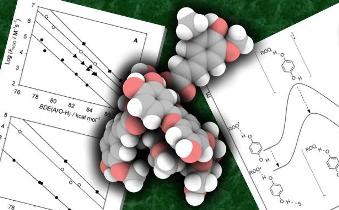
Inspired by Nature and aided by computational methods we design novel antioxidants suited to different specific needs, including biomedical applications. We device convenient synthetic routes, often in collaboration with other research groups. We characterize their mechanism of action and performance by means of kinetic and thermodynamic investigations on their reactivity with main radical species involved in the oxidation of organic and biological materials. The body of fundamental knowledge is then used to fine-tune antioxidant systems suited to specific applications.
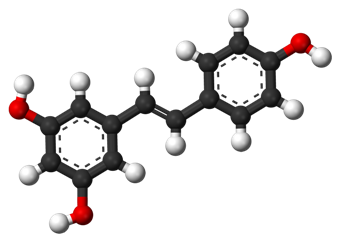
Many natural bioactive components are antioxidants and own their biological properties to their ability to interfere with cellular redox homeostasis. Beside phenolic and polyphenolic compounds, sulfenic acids, thiosulfinates, glucosinolates, isothiocyanates, conjugated enols are other less classical antioxidant motifs often encountered in Nature and are responsible for the health beneficial properties of food, or vegetable fractions like extracts and essential oils. We investigate the relevant kinetic parameters and the mechanism of their antioxidant properties using the rigorous tools of physical organic chemistry, including oxygen uptake kinetics, EPR spectroscopy, competitive kinetic methods, and products studies by ESI-MS spectroscopy. Rationalization is aided by quantum-chemical calculations and computational approaches.
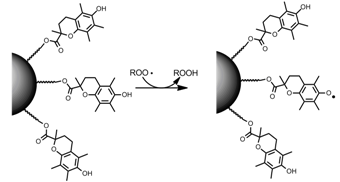
We study the mechanism and kinetics of the reaction of radicals with nanoparticles and the role of surface coating / functionalization to modulate their reactivity. Surface decoration with different antioxidants may lead to novel redox-active materials with potential biomedical applications, as well as with interest in the development functional packaging for food preservation. Finally, the redox activity of nanoparticles could be exploited to device green chemistry processes such as water oxidative depuration.
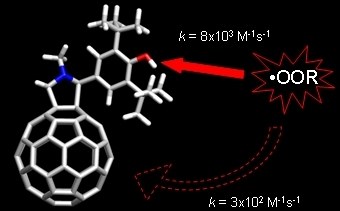
We focus mainly on reactions involved in redox chemistry. The relevance and application of these processes include the understanding of biological systems and the set-up of biomimetic models to investigate redox processes, green chemistry in industrial processes, polymer science and other technological applications.
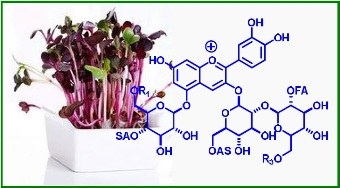
Nature is an endless reservoir of bioactive molecules endowed with antioxidant and other beneficial properties. Flavonoids, phenols and polyphenols, glucosinolates, terpenoids, thiosulfinates, sterols etc. are some of the key components of vegetable extracts. The identification and the isolation of such components allow investigating their bioactive potential and their usefulness in the development of health oriented products such as nutraceuticals and cosmeceuticals.
Isolation strategies are based on conventional and solid-phase-extraction coupled with Flash Chromatography, GPC, HPLC in preparative and semi-preparative scale, etc., while analysis and structural elucidation is aided by the combined use of spectroscopic and hyphenated techniques: HPLC-ESI-MS, GC-MS, NMR, IR, UV. Isolated products and fraction can subsequently be subjected to different bioassays to establish their health-oriented potential and applications.
This research line is run in collaboration with BeC s.r.l. (Forlì) www.bec-natura.com; and CRA-CIN (Bologna) http://cin.entecra.it/